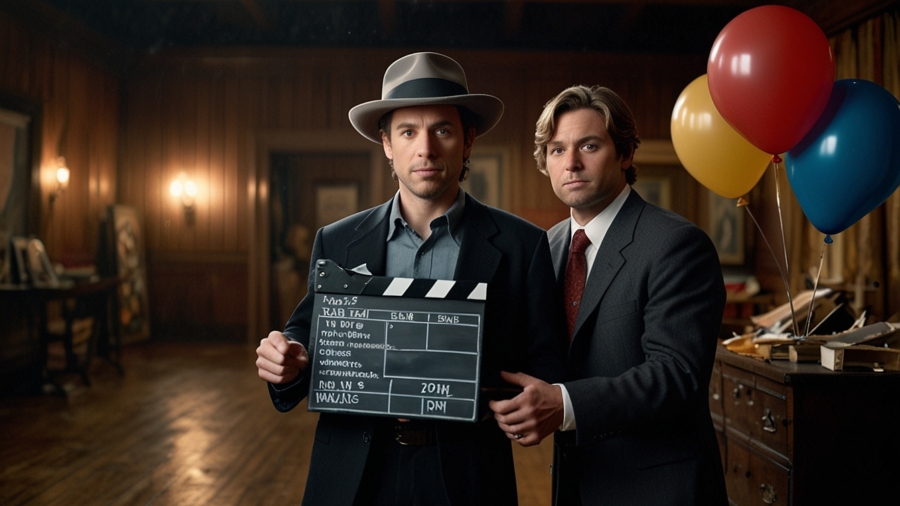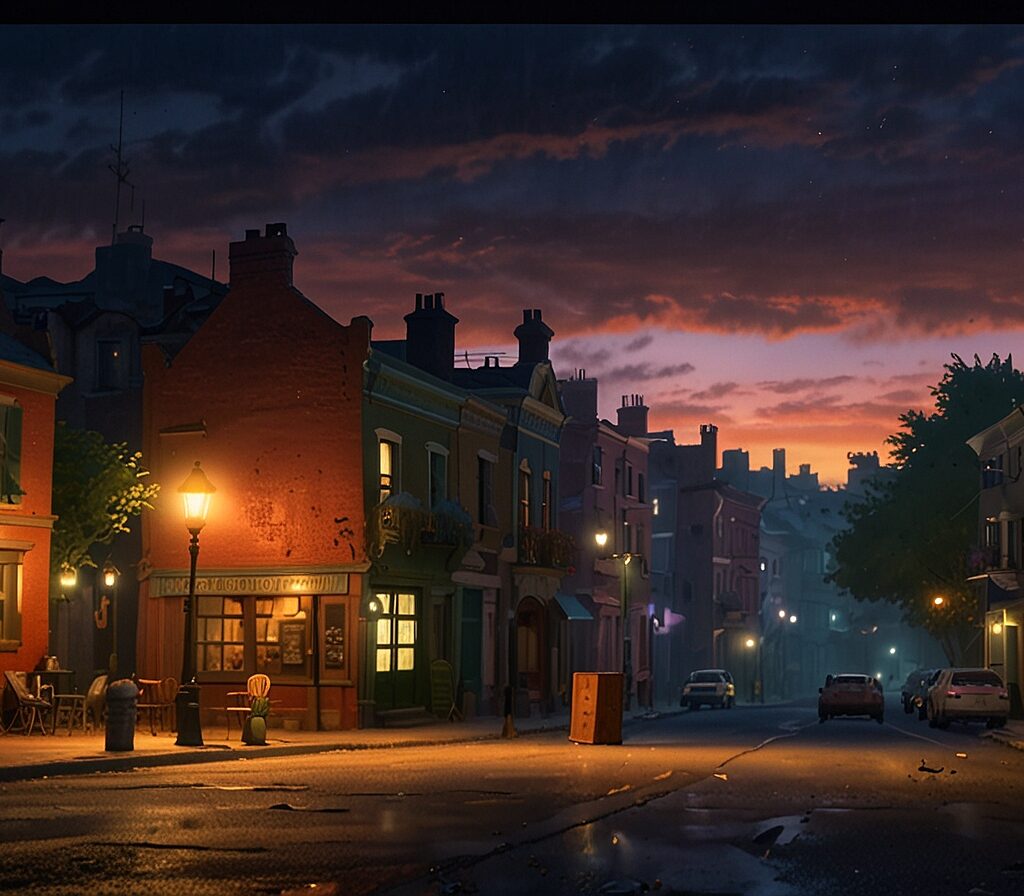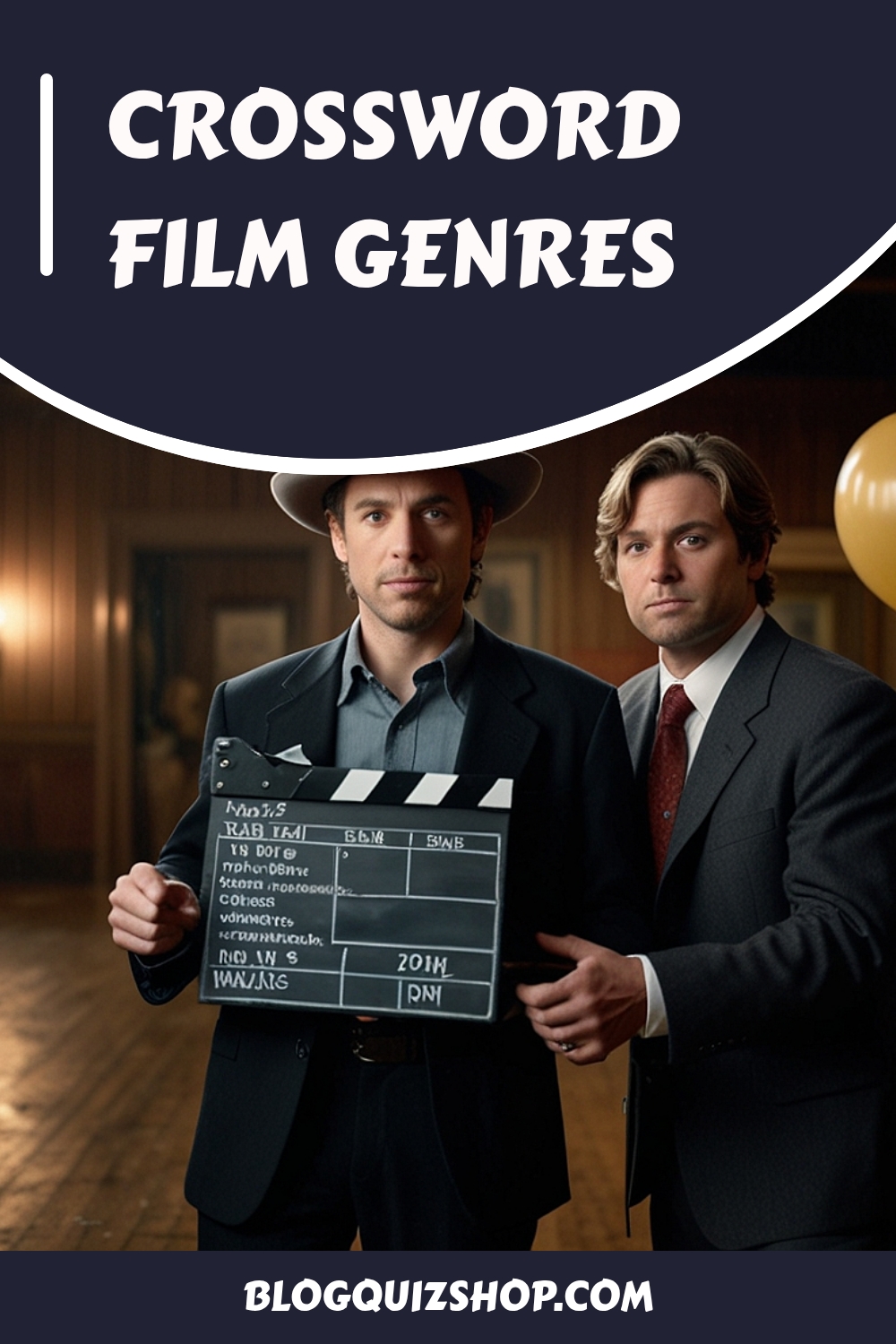What are film genres and why are they important?
Film genres are categories that group movies based on shared elements like plot, themes, settings, or the emotional response they aim to evoke. Understanding genres is crucial for both filmmakers and audiences. For filmmakers, genres provide a roadmap or framework for storytelling, complete with expected story beats, character types, and aesthetics. For audiences, knowing the genre sets expectations – you expect to laugh in a comedy, be scared in a horror film, or see intense physical feats in an action movie. Meeting these expectations helps filmmakers connect with their audience, while sometimes subverting them can create surprising and memorable experiences.
How have film genres evolved over time?
Film genres have multiplied and become more diverse since the early days of cinema. Initially, categories were very broad, like the Greek philosophical division of just two: poetry and drama. With technological advancements like sound and color, and the rise of the studio system, more distinct genres emerged. Over time, these basic genres have further divided into numerous subgenres (e.g., action includes martial arts, adventure, and superhero films). Genres also evolve to stay relevant; filmmakers and writers need to find ways to bring fresh spins to familiar formulas and characters to keep audiences engaged.
How do filmmakers use genre conventions to tell stories?
Filmmakers use genre conventions as a set of “rules” or a recipe to guide their storytelling. This includes following typical plot structures (like the “meet cute” and eventual reunion in a romantic comedy, or the “final girl” in a slasher film), utilizing recurring character types (such as the hard-boiled detective or the femme fatale in film noir), and employing specific presentation elements (like the vast landscapes in Westerns, futuristic sounds in sci-fi, or intense performances in dramas). By understanding these conventions, filmmakers can either fulfill audience expectations or strategically subvert them to create something new and unexpected.
What is the role of presentation elements in defining film genres?
Presentation, encompassing formal elements like cinematography, costumes, editing, music, setting, and atmosphere, plays a significant role in defining film genres. These visual and auditory cues immediately signal the genre to the audience. For example, the use of phasers and spaceships in science fiction films, or the specific shot choices and music in a Western shootout scene, are instantly recognizable genre markers. These elements work alongside plot and character to create the specific “vibe” and immersive experience associated with each genre.
How can filmmakers creatively work with or subvert genre expectations?
Filmmakers can be creative within genres by knowing the rules inside and out and then strategically bending or breaking them. Four common ways to do this include:
- Spoof: Exaggerating genre conventions for comedic effect (e.g., Austin Powers for spy films).
- Inversion: Using the opposite of genre conventions, like setting a horror film in broad daylight (Midsommar).
- Switch: Beginning in one genre and completely shifting to another partway through the story (From Dusk Till Dawn).
- Hybrid Genres: Blending elements from two or more genres from the beginning (Blade Runner combining film noir and science fiction). These creative approaches keep genres alive and prevent them from becoming stale.
How does time travel function as a narrative device in film?
Time travel in film serves as a powerful narrative device that allows filmmakers to explore “what if” scenarios, mix real history with speculative fiction, and challenge viewers’ perception of time. It enables characters to revisit past events, alter their futures, or face the consequences of paradoxes. Different films explore time travel with varying rules regarding causality, self-consistency, and free will, leading to diverse plot structures and thematic explorations, from simple “do-overs” to complex, interwoven timelines.
What are some different ways time travel can influence causality in film?
Time travel narratives can influence causality in several ways. Some films depict time travel as a “self-consistent” loop where events always unfold as they were meant to, even with time travelers present (like Harry Potter and the Prisoner of Azkaban). Others feature “do-over” time travel where characters can relive events with newfound knowledge (Groundhog Day). Many time travel films involve creating new timelines or altering history, where actions in the past directly change the future (like Back to the Future). More complex narratives can involve circular causality or changes to the present affecting both future and past timelines (Looper).
How is Artificial Intelligence impacting the movie business and film genres?
Artificial Intelligence is poised to significantly disrupt the movie business across all stages, from script development and casting to production, visual effects, post-production, distribution, and marketing. AI tools can generate short video clips from text prompts, transform actors, create virtual worlds, and automate various labor-intensive tasks. While AI shows promise in genres like animation and sci-fi, and could make filmmaking more accessible and affordable, it also raises concerns about job displacement, copyright, and the nature of human creativity. The future likely involves AI augmenting human creativity rather than fully replacing it, potentially leading to entirely new forms of cinema like fully AI-generated or personalized films.


 Cart is empty
Cart is empty 


